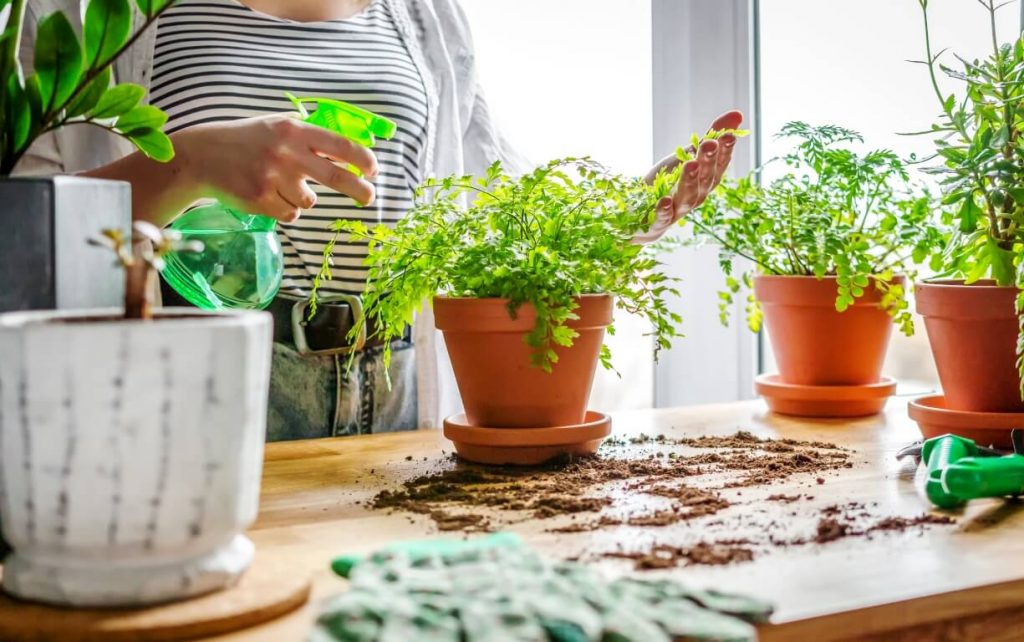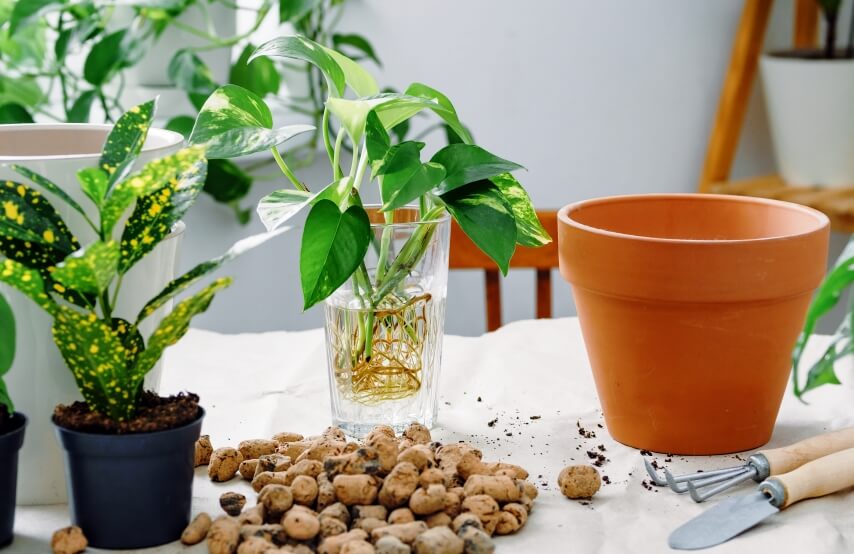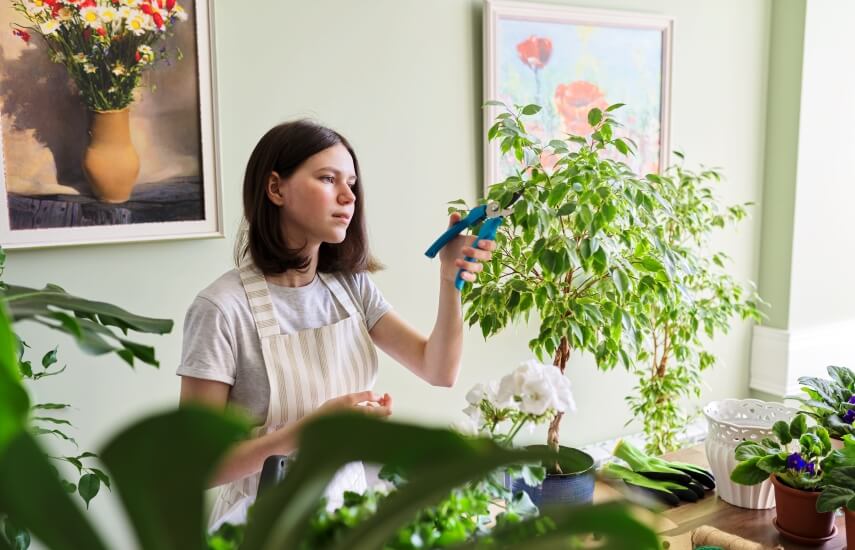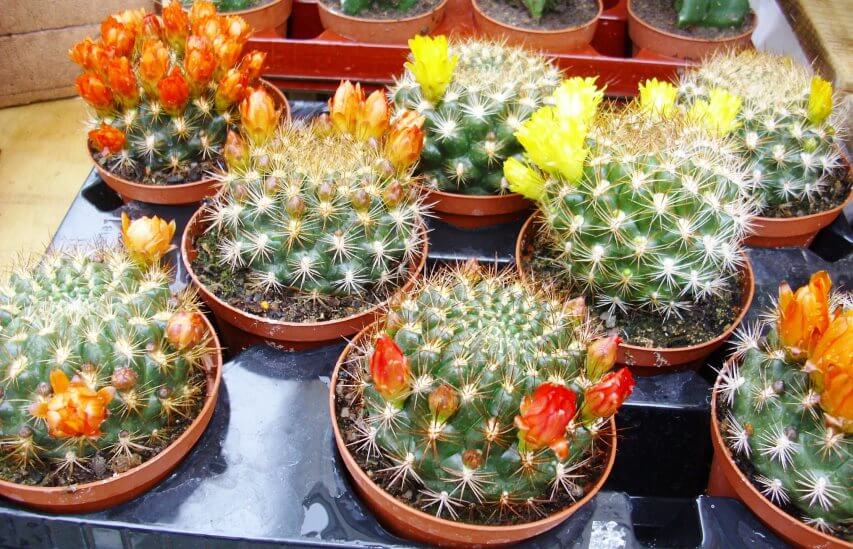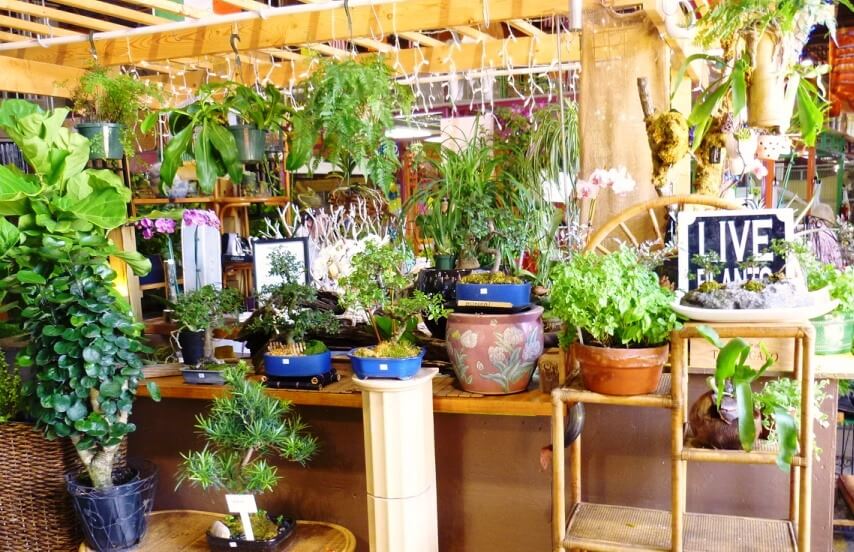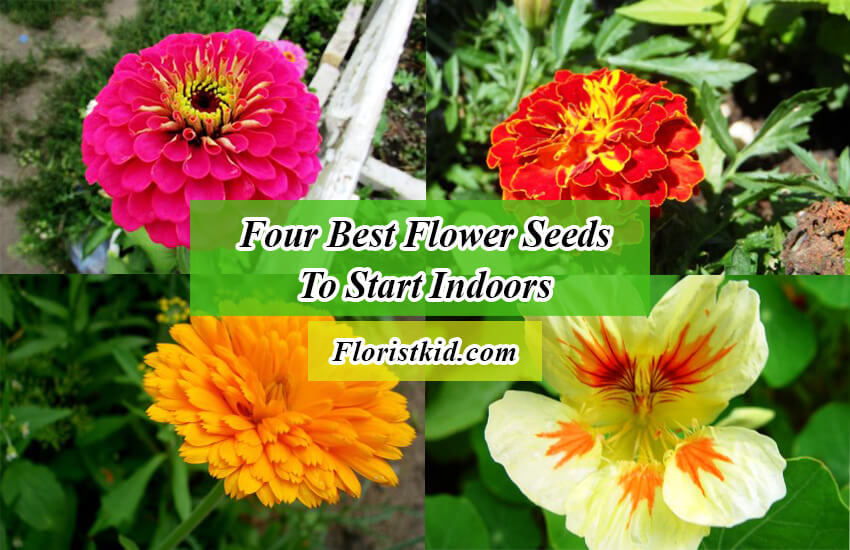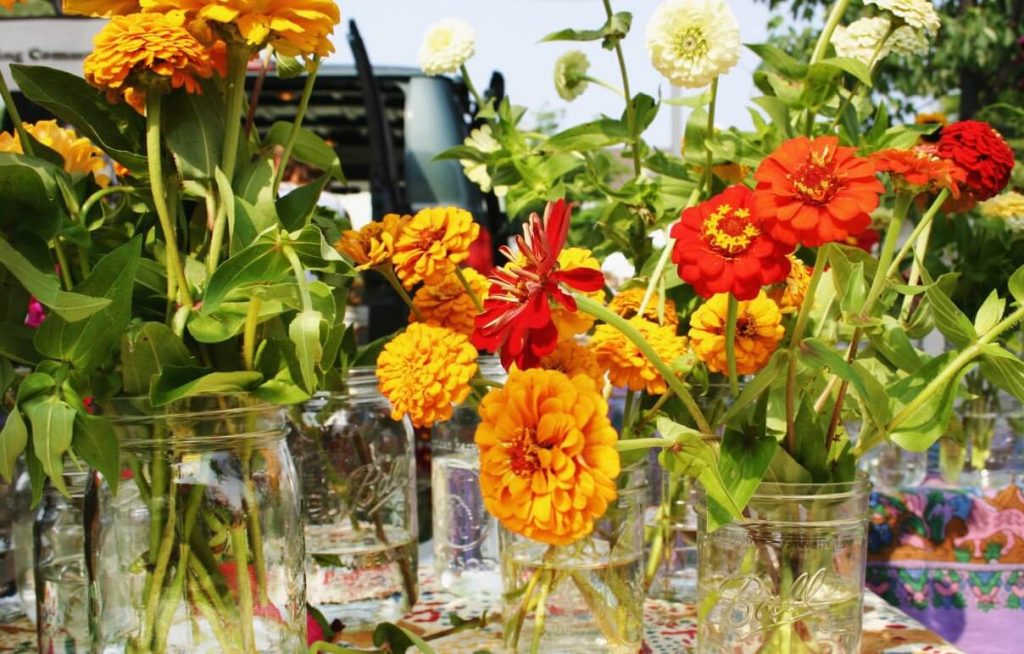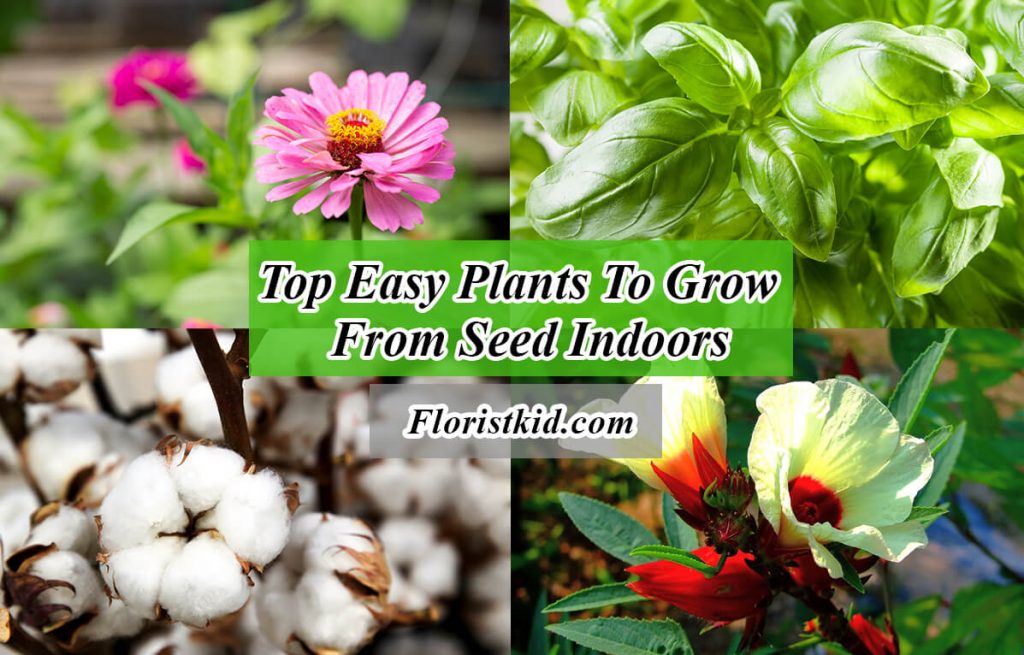Gardening has always been a popular recreational activity. It gives you a lot of pleasure, relieves tension, and gives you a terrific opportunity to exercise every day. When you see your gorgeous plants blooming before your eyes, whether flowers, herbs, fruits, or veggies, your joy will know no bounds. Nowadays, lots of people have urban life and live in the apartment. That is why outdoor gardening has become difficult for many people. In such a situation, the best solution would be indoor gardening. It provides you with several benefits in addition to decorating your home.
Five significant advantages of indoor gardening
purify the indoor air
This is particularly significant for those in large cities with high pollution levels. According to NASA, your houseplants can absorb up to 87 percent of contaminants from the air in just 24 hours! As a result, your home’s air will not only smell better, but it will also be much healthier! Some indoor plants can purify volatile Organic Compounds (VOCs) like formaldehyde, benzene, vinyl chloride, and dozens of other toxins found in modern homes.
The aim is that your indoor garden will assist in purifying the air you and your family breathe daily and protect you from many of these common household contaminants. This is especially crucial if you live in a city or a region with a lot of traffic and pollution from automobiles.
Raise the INDOOR HUMIDITY
Indoor gardening will significantly enhance the amount of humidity and clean oxygen in the space. If you live in a dry climate, this is a huge plus. It’s also beneficial for persons who suffer from allergies to the air or who have asthma. You can simply use a dehumidifier to manage humidity levels in your home if you live in a humid region.
IMPROVES THE APPEARANCE OF YOUR INTERIORS
Seeing a happy plant makes you smile. Green plants, beautiful flowers, and fruiting plants all can instantly improve your attitude. Regardless of the plants, you choose to grow in your home, they will add to its beauty and elegance. You will notice a difference in the way your house smells, looks, and feels.
If you live somewhere with brutal winters, you can even choose a plant that blooms in the winter so that you may have lovely flowers all year. Christmas cactus is nice candidate for winter season. It is a beautiful plant with pink winter blooms and white flowers. It’s simple to grow and adds a splash of color to the winter landscape.
PROVIDE A LARGE VARIETY OF HEALTH BENEFITS
Both outdoor and indoor gardening, can be relaxing. Simply watching your plants develop can lower your stress levels, lower your blood pressure, and even help you overcome sadness. People who produce plants have a better disposition, heal faster, and are better at coping with stress.
Gardening can also affect children in many ways. According to studies, children who create gardens eat more fruits and vegetables, have better social and interpersonal skills, have better attitudes toward school, have increased self-efficacy (better at setting and attaining life goals), and more. For more information about this topic, read <<benefits of gardening for kids>> and <<benefits of gardening for students>> articles.
INCLUDE FRESH AND ORGANIC VEGETABLES, HERBS, AND FRUITS IN YOUR MENU
You may have fresh veggies, herbs, and even fruits from your indoor garden, which is a huge benefit. Many vegetables and herbs can be grown in containers, and your heart will sing with delight every time you take a product from your plants or use a fresh herb in your cooking. You can grow fresh, organic vegetables, fruits, and herbs all year long! All of these advantages are available to you in your indoor garden.
How to start indoor gardening?
Start with small scale
Do not buy an excessive number of potted plants or seedlings. Managing 30 different types of plants, especially if you are new to indoor gardening or gardening in general, can be daunting. Start simple to prevent the stress and work of learning about so many different varieties of plants all at once.
Start with 3-5 plants if you are beginning from scratch. It’s a large enough quantity that you will still have a few plants even if you make a mistake and something dies due to a lack of water. However, there are not so many that you become overwhelmed. You may also need to make room for your plants.
Another good reason to start small is that it will be easier. Simply place the pots near a window or on the window sill to form a bond with your plant. You might choose a flower, herb, vegetable, or fruit to cultivate and learn about what it requires, how to combat diseases or pests and what it needs to grow. As you acquire experience and become more comfortable caring for your plants, you can gradually extend your garden until you have everything you need and your home can accommodate.
FOCUS ON WHAT YOU WANT YOUR INDOOR GARDEN TO DO FOR YOU
Any lifestyle change (such as beginning an indoor garden) requires motivation to be successful. The more motivated you are, the faster you will discover your way to success and the easier it will be to deal with any changes or problems that life throws your way. When deciding which plants to cultivate in your house, consider what would bring you the greatest joy; what do you hope to get out of your indoor garden?
Do you desire beautiful, vivid flowers that can brighten your day all year?
Do you want to cook great, healthy meals for your family with the help of fresh herbs?
Do you want to breathe cleaner, more pure air?
Do you want your home to have more greenery?
Do you want to design a particular room or location?
Do you want to take care of and nurture something?
Do you want to cultivate your fruits and vegetables?
Make a list of what you want from your indoor garden in a notebook. This will assist you in being focused and enthusiastic about your new indoor gardening project. Here are some of the most popular reasons people create indoor gardens, as well as some tips on how to get started:
source: ygfarmersmarket
Why and how to create indoor gardens?
A BEAUTIFUL RESIDENCE
Choose flowering plants, plants with colorful foliage, evergreens, or even bonsai plants in this scenario. Color and aroma would be added to your home by these plants. They will also add to the elegance and beauty of your home design.
A MINIATURE KITCHEN GARDEN
In pots, you may produce various herbs and vegetables with ease. Cooking with fresh herbs from your kitchen garden might be a new experience. Consider ripe tomatoes, beans, green peppers, cucumbers, parsley, oregano, basil, strawberries, okra, and other fruits and vegetables that you can simply pluck and use in your cuisine.
ALLOW SUFFICIENT SPACE AND LIGHT FOR YOUR PLANT
Examine the available space before deciding how many pots to install in your home. Keep in mind that each of your plants will require sufficient sunshine. So, even if you rotate them to occupy the space near your sunny windows regularly, there should be enough space for each plant to receive adequate sunshine.
GARDENING AIDE INDOORS
Contact your local garden store or conduct an internet search for tools that will make gardening more pleasurable for you and healthier for your plants. Sunlight lamps, indoor composters, exhaust fans, lighting aids, sprays, organic fertilizers and insecticides, stones, pots, pot drainers, and other items can help keep your plants healthy and happy. Remember that different house plants require varying amounts of sunlight, water, and fertilizers.
source: t-ohashi
USE THE HIGHEST QUALITY POTTING SOIL
It’s always good to seek guidance from the shopkeeper at your local garden center. Buy the best you can afford because it will last a long time. Your local gardening store expert will undoubtedly provide you with valuable advice on keeping your plants healthy and vigorous. Just make sure you ask someone who has a lot of outdoor and indoor gardening knowledge, not someone who is just working there for the summer.
Make sure to read and understand the directions for each plant. If you have already selected what kind of plants you want to grow, tell the storekeepers so they may advise you on the specific requirements of each plant.
If you cannot locate somebody who can answer these questions in your area, look up “how to take care of a tomato plant” or whatever plant you are growing on the internet.
SEEK THE HELP OF A FARMER’S BEST FRIEND
You have no idea what a handful of earthworms can do for your plants. Earthworms are readily available at your local bait and tackle shop. You may also purchase a portable compost generator, which allows you to build your own compost using earthworms and kitchen garbage. This will ensure that your pots and plants have a constant supply of high-quality fertilized soil.
You can buy fresh compost locally if you don’t want to deal with the effort of managing your own earthworms. Always keep in mind that the health of your plants is directly proportional to the health of the soil in which they are growing!
IMPLEMENTS FOR WATERING AND MISTING
One of the most important activities in the timetable for taking care of your indoor gardening is watering your plants. You will need enough tools to water your plants, and some of them may require to be misted regularly. You will also need to do some research on what kind of water your plants prefer.
Some experts suggest, for example, that you water your plants with the water from boiling vegetables and your plants will develop wonderfully and healthily as a result.
FERTILIZER
Regardless of how excellent your soil is, you may need to apply fertilizer for your indoor garden at least once every six months or once a year. Because I strive to avoid using chemical fertilizers, I advocate utilizing organic fertilizers or compost. On the other hand, organic fertilizers can be more challenging to handle because chemical fertilizers are immediately available for plant absorption, whereas organic fertilizers are not. Before organic fertilizers can be broken down into elemental forms that plants may utilize, they must travel through the guts of microbes. Nutrient distribution may be irregular due to the wide variation in microbial populations in containers.
These microbial populations are influenced by nutrient levels, pH, temperature, moisture levels, soil composition, soil structure, and oxygen levels. Furthermore, when microbe populations are low, organic fertilizers tend to accumulate at much higher levels in well-irrigated plants than chemical fertilizers.
If this happens, the microorganisms can release enormous amounts of nitrogen into soils when cultural circumstances improve; thus, it’s easy to get a delayed nitrogen burn reaction from organic fertilizers – and you might never even notice it. As a result, most inexperienced gardeners will want to start with chemical fertilizers to make the procedure even easier.
Reference:
“How to grow gorgeous gardens indoors with ease “by will cook , 2012

